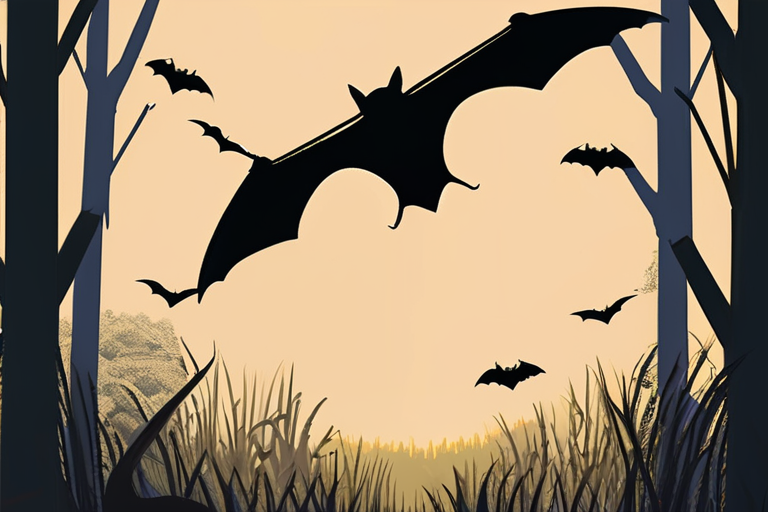European Bats Unleash Mid-Air Ambush on Migrating Birds: Groundbreaking Study Reveals New Hunting Tactics


Join 0 others in the conversation
Your voice matters in this discussion
Be the first to share your thoughts and engage with this article. Your perspective matters!
Discover articles from our community

 Hoppi
Hoppi

 Hoppi
Hoppi

 Hoppi
Hoppi

 Hoppi
Hoppi

 Hoppi
Hoppi

 Hoppi
Hoppi

MIT Students Launch Initiative to Reduce Clothing Waste In 2022, Massachusetts banned the disposal of clothing and fabrics in landfills, …

Hoppi

Epidemic Sound Launches AI Tool 'Adapt' to Enhance Human Creativity, Not Replace It In a significant move, Epidemic Sound, a …

Hoppi

The Liar in the Machine: OpenAI's Wild Research on AI Models Deliberately Lying Imagine a world where artificial intelligence (AI) …

Hoppi

Poor Sleep Speeds Brain Aging, May Raise Dementia Risk A recent study published in the journal eBioMedicine has found a …

Hoppi

Trust in Media Hits New Low of 28% in US According to a recent Gallup report, Americans' confidence in the …

Hoppi

First-of-its-kind Study Finds 'Secret Fresh Water' Stretching from New Jersey to Maine A groundbreaking research expedition has uncovered a massive, …

Hoppi